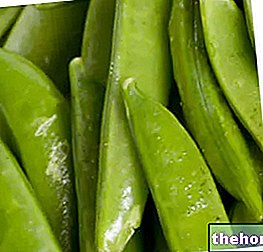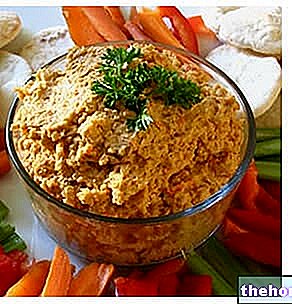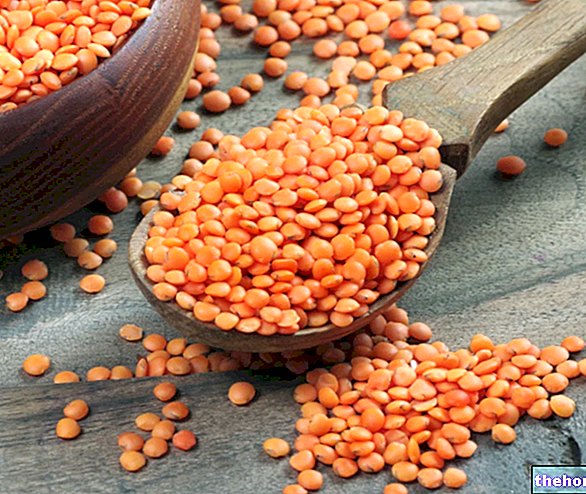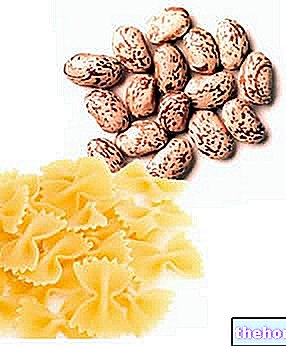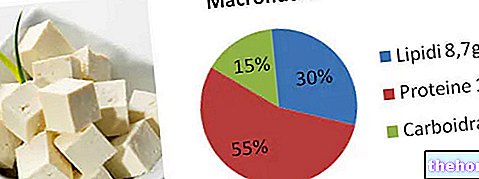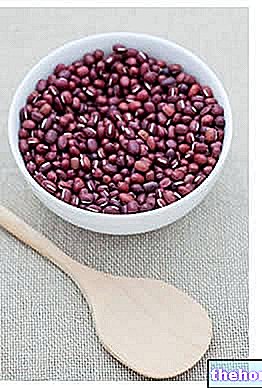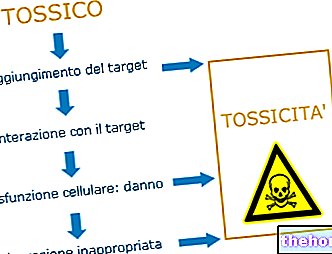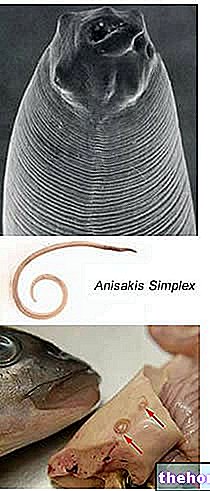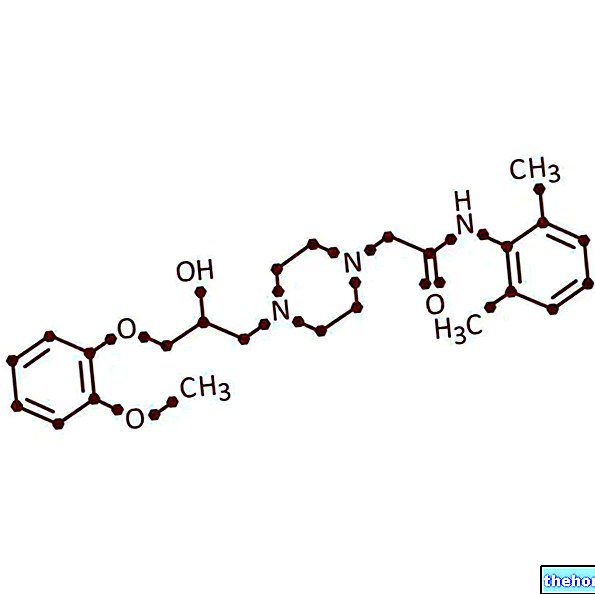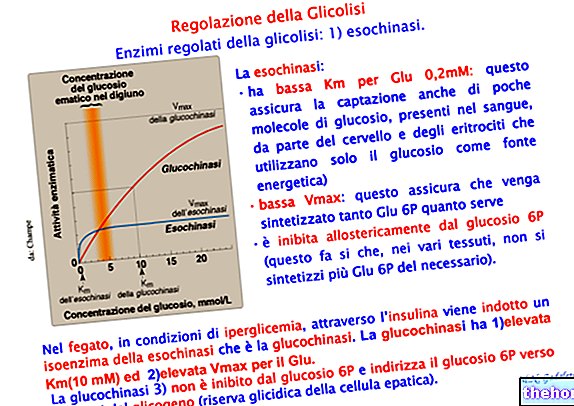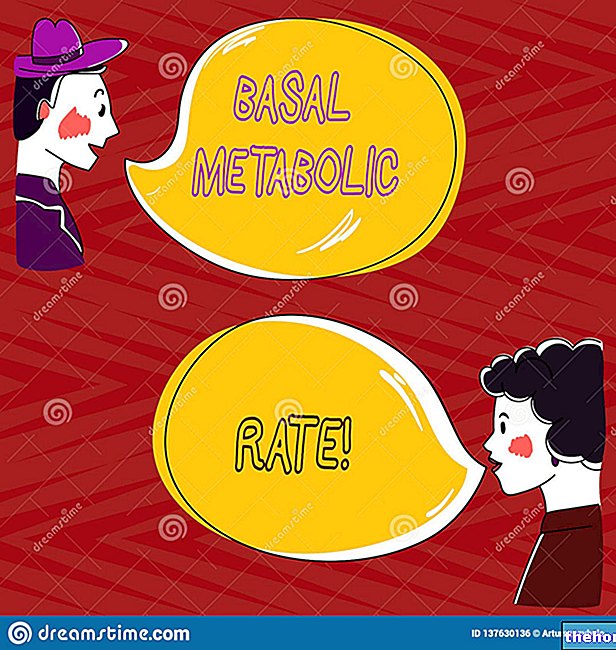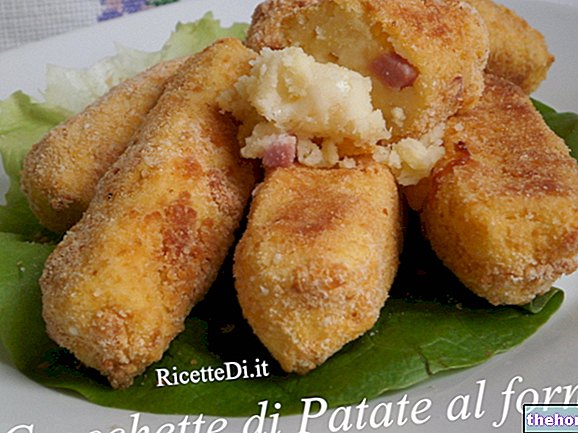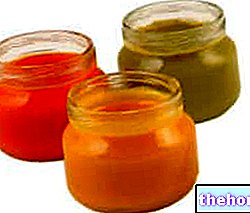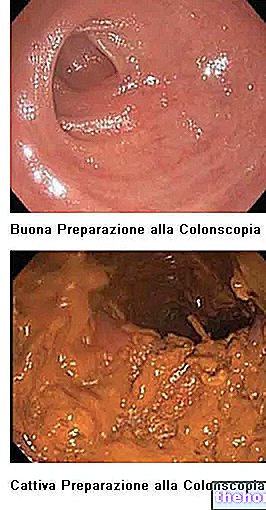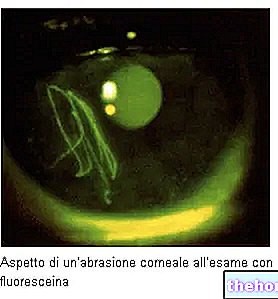Introduction
It was precisely starting from peas that G. Mendel began long and in-depth studies on hybridization and transmission of characters, subsequently formulating the well-known laws of genetics, still accepted and fully accredited by the world of science.

Generality
Peas, like most legumes, have their roots in the Neolithic, an age corresponding to 7,000 BC. It is believed that the pea originated in India, although the hypothesis is not yet fully accredited.
Currently, the pea plant is widely cultivated in Asia and the Mediterranean countries. Peas are grown mainly for human consumption, but they are also widely used as grass forage.
Botanical analysis
In botany, the pea plant has been known since the mid-eighteenth century as Pisum sativum, whose nomenclature derives from Carl von Linnè, a famous Swedish naturalist who is responsible for the current scientific classification of living organisms.
Peas belong to the Fabaceae family (also called Leguminosae or Papilionaceae), the same as beans, lentils, broad beans, lupins, etc., all united by the presence of pods.
The pea plant is herbaceous, hairless and annual: it has a single stem, thin and fragile, whose length varies from 30 cm to 3 meters; according to the size and morphological characteristics of the plant, dwarf, climbing and semi-climbing peas are distinguished.
The root of the pea plant is taproot, and even reaches 80 cm in depth by digging into the ground to feed on water and mineral salts. The leaves are compound and pinnate and, in the terminal part, have a tendril. The flowers take on a different color depending on the species: some are white, others red or purple, but they are all gathered in clusters and long pedunculated.
The pods contain a variable number of seeds, which in turn differ in color, shape and size; most of the peas intended for food consumption have a rounded shape but, when the seeds are strongly tightened inside the fruit, they can be cuboidal.
It should be pointed out that peas differ mainly on the basis of shape: in this regard, smooth peas are distinguished from wrinkled ones due to the different composition in terms of carbohydrates. The variety of smooth peas is such because it consists mainly of starch, while the wrinkled ones are rich in soluble sugars and starch: the latter are sweeter and remain more tender during ripening.

Storage of peas
The peas are available fresh in the months of May and June; they are also sold frozen, dried and canned, clearly much more convenient.
As with all vegetables, fresh consumption of peas is preferable, as they are tastier and more nutritious.
Dried peas require a soaking period before being cooked, frozen peas need the same cooking method and have an almost identical flavor, while canned peas are ready to eat.
Nutritional analysis
What distinguishes peas from other legumes is the generous quantity of water: in fact their water content, much higher, varies from 72 to 80%. Even the quantity of proteins and carbohydrates is not very high when compared to other legumes: in fact, peas contain approximately 5.5 and 6.5% respectively. The same goes for lipids, which certainly do not abound in peas (only 0.6%): strictly speaking, these legumes are among the low-calorie foods (52Kcal / 100 g of peas).
In terms of fiber, peas provide a modest amount (6.3%).
Peas are a mine of folic acid, a vitamin which, as we know, is essential both for the correct development of the fetus (to avoid serious malformations such as spina bifida) and to prevent cardiovascular diseases. In these legumes, the content of vitamin C and mineral salts (potassium, iron, magnesium, calcium) is also quite abundant.
Therapeutic properties
In some way, peas are also part of the herbal remedies: the fibers contained stimulate intestinal motility and are, therefore, a good remedy for constipation.
Furthermore, peas have diuretic, tonic and energetic properties, albeit rather mild.
By preparing a broth with the pods, you get a fairly tasty liquid rich in mineral salts: in this regard, peas also boast remineralizing properties.
Furthermore, it seems that the consumption of peas and legumes in general helps to lower the level of cholesterol in the blood.
Contraindications
Peas also have some contraindications: they are a source of purines, therefore they are not recommended for hyperuricemics and gout sufferers.
In general, the consumption of raw peas is not recommended as these legumes contain anti-digestive factors, which are destroyed during cooking.
Recipes with peas
Follow our Video Recipes:
- How to Clean and Cook Peas + Preparation of White and Red Pea Sauce
- Pea Pie - Gluten Free Pea Pie
Rice and peas
Problems with playing the video? Reload the video from youtube.
- Go to the Video Page
- Go to the Video Recipes Section
- Watch the video on youtube
Summary
Peas: to fix concepts
Legume with good nutritional and phytotherapeutic properties
- Origin: Neolithic (7,000 BC)
- Country of origin: probably India
- Cultivation: Asia, Mediterranean
Family: Fabaceae
Description: herbaceous, hairless and annual plant
Stem: thin and fragile, varying in length from 30 cm to 3 meters
Root: taproot
Leaves: compound and pinnate. In the terminal part they have a tendril
Flowers: white, red or purple, gathered in clusters and long pedunculated
Pods (legume or fruit): they contain a variable number of seeds
Shape of the seeds: rounded or cuboidal, edible
Characteristics of the seeds: smooth or wrinkled (differentiation by carbohydrate composition)
Mangiatutto peas (snow peas): peas in which the pod is also eaten. The seeds are still in the embryonic stage
Dry peas: require a period of soaking before being cooked
Frozen peas: same cooking method as fresh ones
Canned peas: ready to eat
Water: 72-80%
Protein: 5.5%
Fiber: 6.3%
Carbohydrates: 6.5%
Lipids: 0.6%
Presence of vitamin C, folic acid (B9)
Large quantity of mineral salts: potassium, iron, magnesium, calcium
- They stimulate intestinal motility: remedy against constipation
- Diuretic, tonic and energetic properties
- Remineralizing properties
- Demonstrable but not confirmed hypotheses: peas are able to lower blood cholesterol levels
The consumption of raw peas is not recommended → presence of antidigestive factors destroyed during cooking
Other Foods - Legumes Peanuts Chickpeas and Chickpea Flour Cicerchie Beans Azuki Beans Green Beans Broad Beans Falafel Chickpea Flour Bean Flour Bean Flour Lentil Flour Pea Flour Soy Flour Legumes Lentils Lupins Peas Soy Jackdaws Tempeh Tofu Yogurt ARTICLES Soy OTHER Categories Alcoholics Meat Cereals and derivatives Sweeteners Sweets Offal Fruit Dried fruit Milk and derivatives Legumes Oils and fats Fish and fishery products Salami Spices Vegetables Health recipes Appetizers Bread, Pizza and Brioche First courses Second courses Vegetables and Salads Sweets and Desserts Ice creams and sorbets Syrups, Liqueurs and grappas Basic Preparations ---- In the Kitchen with Leftovers Carnival Recipes Christmas Recipes Diet Recipes Light Recipes Women's Day, Mum, Dad Functional Recipes International Recipes Easter Recipes Recipes for Celiacs Recipes for Diabetics Recipes for Holidays Recipes for San Valentino Recipes for Vegetarians Recipes p roteiche Regional Recipes Vegan Recipes

